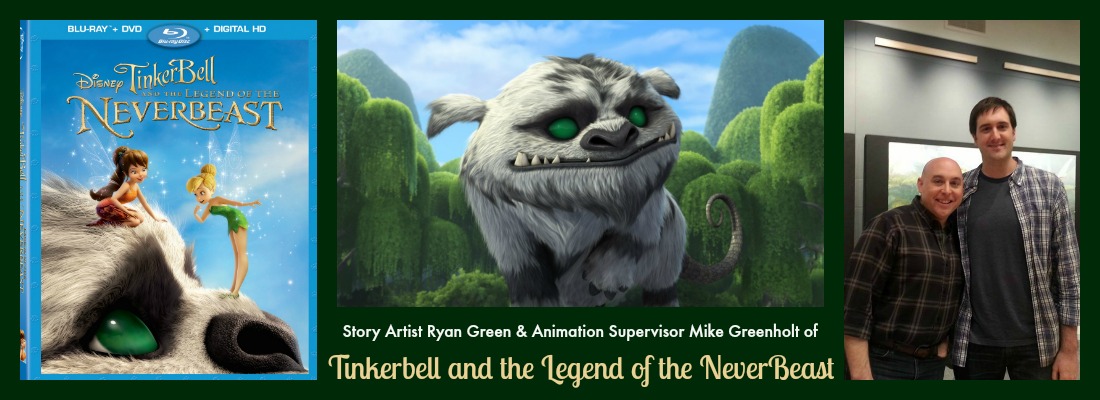
Have you ever wondered what it’s like to be a story artist? So much work goes into making animated films, that unless that is what you do, you really don’t think much about it. While on the press junket for Tinkerbell and the Legend of the NeverBeast, we had the opportunity to talk with two guys that do just that. The process isn’t easy, but man, when you see the movie, it sure is rewarding. Story Artist Ryan Green & Animation Supervisor Mike Greenholt sat down with me and a few other bloggers to answer our questions.
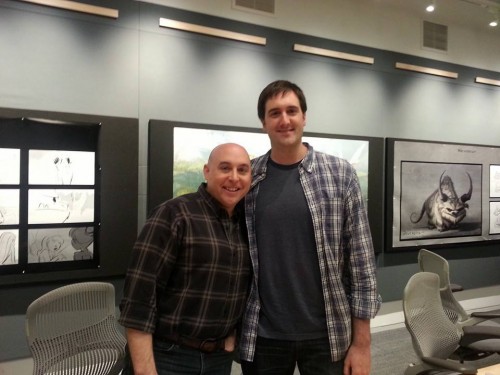
Photo by: Coralie Seright
Story Artists behind Tinkerbell and the Legend of the NeverBeast
So share with us, what is a story artist?
Ryan: A story artist, we usually work with the director, the writer, and the head of story. We’ll sit in a room kind of like this and we’ll throw around story ideas and try and figure out where we want to take the story. Then when we set it for the time, the story artists will run back to our computers and we’ll draw up a bunch of panels and then we bring them back together and cut them in a reel and look at them and say is this looking good?
So where does the inspiration come from for Guss the NeverBeast?
Ryan: We get a lot of inspiration from Diane Fosse who went out to the wilderness to research the Gorillas.
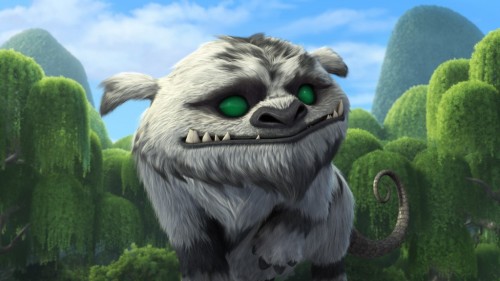
Is that how the Neverbeast came about?
Ryan: The first image we had of him and he had the horns from the beginning, not even a tail. We didn’t know what he looked like from the front or the back.
So we just had to start asking ourselves like you know, what is he and what’s under that fur? I got a fun fact about myself. I actually have a degree in biology and so I was able to give a little bit of insight into what might be underneath the fur and this is the first skeletal overlay I did where I just kind of had some of the legs on the side of that. One drawing that we had and what might be muscle and where the bony parts are. As we were starting to draw, some of the story artists were drawing the hump on his back, kind of like a cat might have, like that arched back.
Others are drawing it more like a bison so we had to say all right, enough with the differentiation. Let’s come up with one solid type of animal that we’re dealing with here.
We got a lot of inspiration from a porcupine tail. You know, they can curl up and wrap onto things. They can grab onto a log and and hang on. For awhile, we thought we might just keep his tail curled up underneath his body and just reveal it at times but it looked a little weird and looked more like he was a shamed dog so we just decided to leave it hanging out. It would be kind of like an opossum and he would just drop down as far as he could, and then drop to the ground or he’d use his tail like hanging and just pick up rocks and put them together.
The third important part that his tail brought to the table was for motion because we designed this big glass eye for him that Fawn could look into and it was almost emotionless. You didn’t know what was going on back there. She just saw her own reflection and a way to get emotion out of him would be through other body parts and one big one was his tail. If you’ve ever had a cat that gets angry, you know that their tail just starts twitching and has little odd mannerisms like that. We wanted to make him feel somewhat menacing in a way so that when Fawn first met him, he was a little scary.
Here’s a good look at how all of that research and work made Gruff become the character that he now is in the film where Fawn is studying him in the forest.
http://youtu.be/vhBckX8oYrc
What were some of the challenges you had creating the Neverbeast?
Mike: The big challenge for animation was to make him seem believable. Even though he’s a fantasy creature, he had to feel like he was living and breathing in an animal. Our first challenge was to just make him move like an animal. So you know, we looked at rhinos and buffalo just to look at big heavy animals, and just see how do they move. What makes them feel heavy? We studied that and just applied it to a walk. We knew he had this big tail that he sort of held in a curl so it’s like how do you make that feel natural?
So we just did exploration until we got to a walk here that just felt like a very old creature. Um, it’s very heavy. And then from there, we went to a run and same idea, like we’d look at a rhinoceros and like how do they charge? They’re very, very heavy, very, very big but they can move very fast so you know, how do they do that? So we looked at that but then also we knew we had a sequence where he’s chasing Fawn through the forest and he’s almost like a puppy loping after its master. So we wanted to put just a little bit of that playfulness into this run.
The NeverBeast reminds me of a big pup, funny and just cool to see come to life. I think they did a fantastic job achieving what they set out to do with him.
TINKERBELL AND THE LEGEND OF THE NEVERBEAST
(On Blu-ray and Disney HD 3/10/15)
https://www.facebook.com/LegendOfTheNeverbeast
https://www.facebook.com/TinkerBell(#Neverbeast)
http://fairies.disney.com/tinker-bell-and-the-legend-of-the-neverbeast
*I was invited by Disney to take part in a press trip that included the screening and coverage of Tinkerbell and the Legend of the Neverbeast. All opinions are my own.
- You Have to Remember – 9/11, 20 Years Later - September 11, 2021
- Creating the Perfect Look with a Maxi Dress - October 20, 2020
- Brand Better Giveaway - October 6, 2020

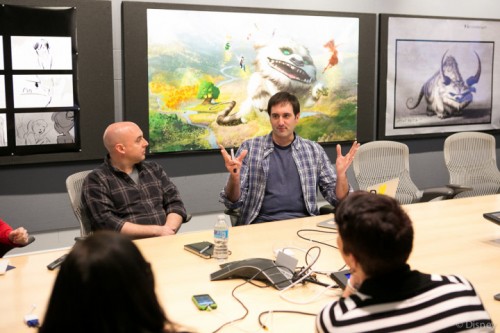
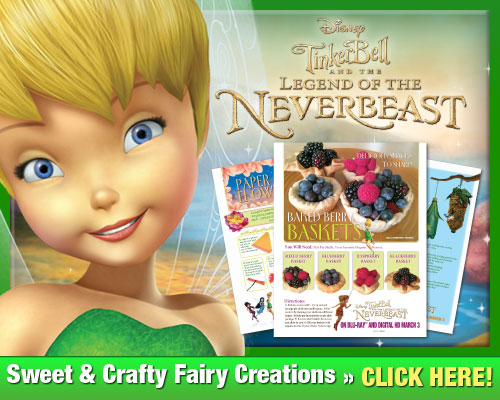

This post is very entertaining but I see that you are not using the
full earning potential of your page. You can earn pretty good promoting products related to health and beauty niche,
don’t waste your traffic, just enter in google:
Polym’s earning ideas